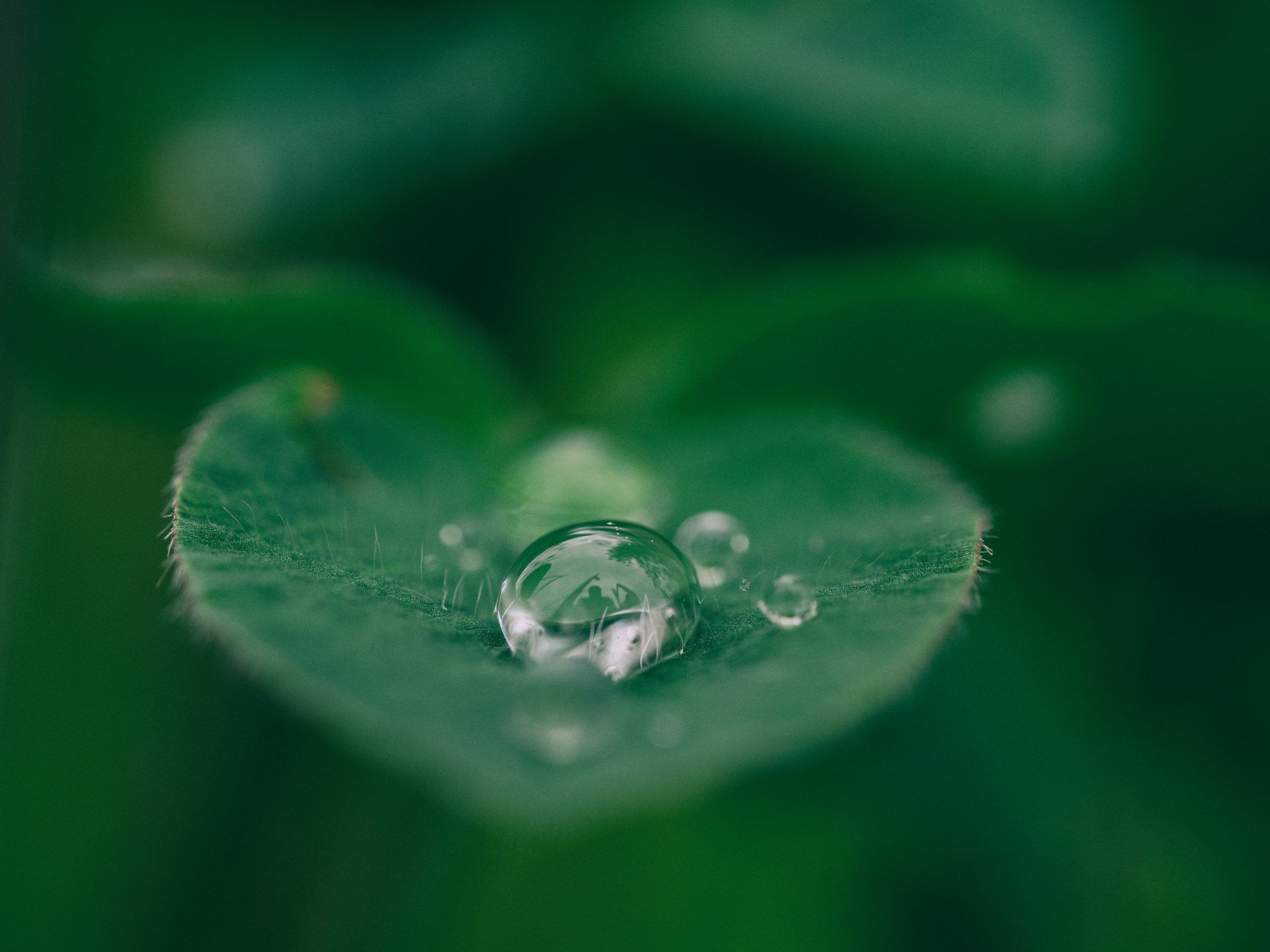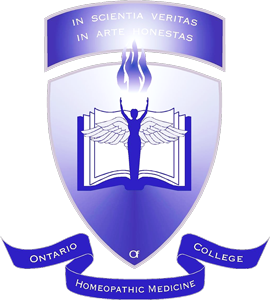CERTIFICATE COURSE – EXPLORING THE ART AND SCIENCE OF HOMEOPATHY
This fully interactive foundations course is an intensive study of the fundamentals of Homeopathic Philosophy and basic Applied Homeopathy. It is the basis of the prerequisite requirement for our Intensive Diploma Program. This course is designed as a fully on-line/independent learning course, with tutorial support as needed. The content of this course is similar to the entire content of some homeopathic training programs!! Upon completion of this course you should feel confident prescribing homeopathic remedies for your family and loved ones, or to continue your homeopathic education in our Intensive Diploma Program (with a few additional elements such Clinic 1 and Anatomy and Physiology).
Upon successful completion of the interactive course Exploring the Art & Science of Homeopathy the students receive a Certificate of Completion. For students wishing to continue with the Intensive Diploma Program, the cost of the Certificate Course is fully credited to their tuition.
This Foundations course can be taken in two parts:
Foundations I includes modules 1-5 and is the Introduction to Homeopathic Philosophy
Foundations II includes module 6-15 and is the Introduction to Applied Homeopathy
Please see below for the breakdown of these modules and what is offered in each.
** This course must be completed within 18 months and is non-refundable.
The content of the Certificate Course in Exploring the Art and Science of Homeopathy includes:
Foundations I: Introduction to Homeopathic Philosophy
Module 1
- History of Homeopathy, Scientific Basis, Current Theories, Comparison of Paradigms
- History
- Origins of Homeopathy
- Similia Similibus Curentur
- Dr. Hahnemann’s Life
- History of Medical Thought
- Split of Medical Paradigms
- Comparison of Paradigms (Epiricism and Rationalism)
- Knowledge of Disease, Knowledge of Medicines, Knowledge of the Employment of Medicines
- Defining Vital Force
- What is Disease
- Totality of Symptoms
- The Development of Materia Medica
- Potentized Medicines
Module 2
- Philosophy: Fundamentals & Principles of Homeopathy
- Fundamentals and Principles
- Law of Similars
- Vital Force explained
- The Holistic Approach of Homeopathy
- Totality of Symptoms
- Arndt-Schultz Law
- Hering’s Law of Cure
- Hierarchy of the Planes and their Components
- Hierarchy of Illness
Module 3
- Homeopathic Theory of Disease — Defining Disease, Action of Medicine, Defining Acute and Chronic Disease
- Homeopathic Theory of Disease
- Defining Disease, Cure and Health
- Action of Medicine
- Defining Acute and Chronic Disease
- The Cause of Acute and Chronic Disease
Module 4
- Symptomatology, Posology, Remedy Preparation
- Symptoms: Definition, Types and Hierarchization
- What is a Complete Symptom?
- Remedy Preparation: Dilution and Succussion
- Preparation of the Remedy Source
- Preparation of Mother Tinctures
- Preparation of Potencies/Dynamization (Hahnemann Methods)
- Succussion explained
- Trituration explained
- Dilution Methods
- Avogradro’s Hypothesis
- Posology: Potency Selection and Repetition
- Determining the Plane of Disturbance
- Characteristic Symptoms and Potency
- Potency and Age
- Potency and Stage of Disease
- When to Repeat and When to Change Potency
- Indications for LM Potencies
- Criteria for Choosing Posology
Module 5
- An Introduction to Provings & the development of the Materia Medica, Homeopathic Theory of Disease, and the Action of Medicines
- Introduction to Materia Medica
- There are many Materia Medica
- There are 3 kinds of Materia Medica
- Review of Materia Medica Headings
- Remedy Classifications (Natural History, Generals, Causation, Characteristics, Clinical, Anatomical Sections, Modalities, Relationships, Relationship Types, Constitutional Remedies, Polycrest Remedies, Remedies Classified Therapeutically, Imponderabilia, Nosodes, Sarcodes)
- Introduction to Provings
- Understanding the Meaning of a Proving
- Choosing the Potentized form Over a Crude Form
- The Objective of Conducting a Proving
- Proving Methodology
Foundations II: Introduction to Homeopathic Philosophy
Module 6
- Repertories, their Structure and Organization and an introduction to Repertorization
- Repertory, what is it?
- Limits and Challenges of Using the Repertory
- History of Repertories
- Modern Repertories
- Boennighausen’s Repertory
- General Layout of Kent’s Repertory
- Structure of Kent’s Repertory
- Grading of Symptoms
- Ammelioration and Aggravation
- Common vs. Uncommon Remedies
- What is Contained in the Repertory
- How to Choose the Most Important Symptoms
- Additions and New Remedies
- Repertories: Definition, Organization and Comparison
- Some Problems with the Repertory
- Rubrics: Definition and Organization
- Repertorization: How to use the Repertory
- Appropriate versus Superfluous Symptoms
Module 7
- Organon of the Medical Art (Aphorisms 1-20)
- Introduction to the Organon (§ 1-21)
- A study of Aphorisms 1-21
Modules 8
- The Art of Case Taking
- Case Taking According to the Organon (§ 82-104)
- Taking the Case
- Individualizing the Examination of Each Case of Disease
- Guidelines for Case Taking
- Uses of a Well Taken Case
- Case Taking Hints
- Two Methods of Case Taking
- Case Taking Hierarchization
- Underlining
- The Importance of Dreams
- Case Analysis
- How to Write up the Case
- Sample Case Analysis
Module 9
- Hahnemann’s Theory of Miasms
- Introduction to Miasms
- Definition of Miasms
- Psora, Sycosis, Syphilis, Tubercular
- Miasmatic Theory in Case Taking
- Hahnemann’s Thoughts and Theory of Miasms
Module 10
- Acute versus Chronic Disease in Homeopathy
- Acute versus Chronic Disease
- Acute vs. Chronic Case Taking
- Types of Acute Disease
Module 11
- Support for Colds & Flu with Homeopathy
- Colds and Flus: What is the Difference?
- What Can Homeopathy Do?
- Homeopathic Support Options
- A study of the following remedies from a Cold and Flu perspective:
- Colds and Flu Remedy Chart
- Calcarea Carbonica | Natrum muriaticum | Antimonium tartaricum | Phosphorus | Rhus Toxicodendron | Euphrasia | Aconitum napellis | Camphora | Ferrum phosphoricum | Belladonna | Gelsemium | Bryonia | Arsenucum album | Nux vomica | Allium cepa | Pulsatilla | Eupatorium-p | Hepar-sulph | Kali-bichromium | Mercurius-solubilis | Baptisia
- Colds and Flu Remedy Chart
Module 12
- First Aid (part 1)
- Homeopathic First Aid Kit
- First Aid and Emergency Medicine
- Homeopathic First Aid Materia Medica
- Arnica | Hypericum | Ledum | Rhus-tox | Ruta | Symphytum | Calendula | Urtica urens | Aconite | Opium | Bellis-per | Hamamelis | Sulphuric Acid | Phosphorus | Bryonia | Natrum-sulph | Euphrasia | Staphysagria | Arsenicum album | Hepar-sulph | Silicea | Strontium-carb | Calcarea-phos | Apis | Urtica Urens | Lachesis | Cantharis | Causticum | Belladonna
- Determining the Dosage and Repetition
- First Aid Indications and Homeopathic Support of the Following Conditions:
- Shock and Trauma
- Bruises and Contusions
- Head Injury
- Minor Eye Injury
- Wounds and Cuts
- Punctures
- Bleeding
- Sprains and Strains
- Fractures
- Bites and Stings
- Blisters
- Burns and Scalds
Module 13 – 15
- Materia Medica: 12 Widely Used (“polycrest”) Remedies (3 modules)
- Materia Medica
- Natrum muriaticum | Ignatia | Sepia | Pulsatilla | Phosphorus | Silica | Nux vomica | Lycopodium | Arsenicum | Aurum | Platina | Lachesis
- Materia Medica












